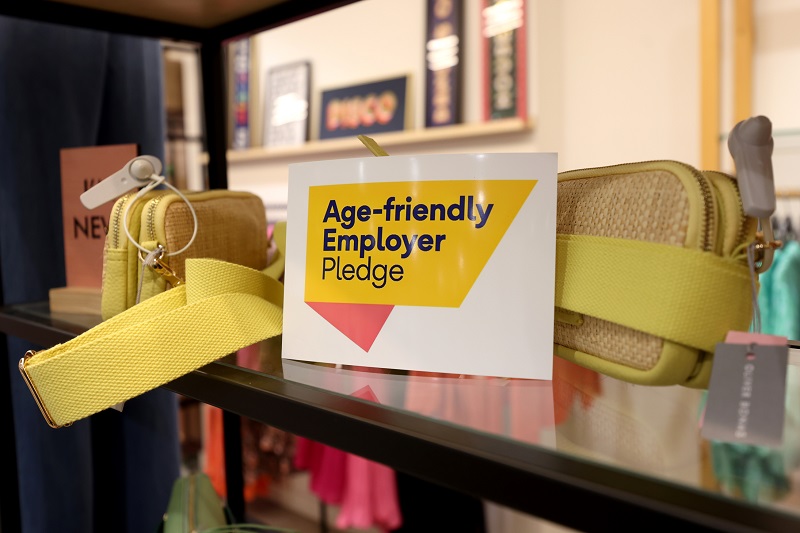Just one in 10 fathers have taken Shared Parental Leave (SPL) since its introduction in 2015, even though 85% wish they had taken more time off to look after their child.
The new research of 1,000 UK dads, commissioned by communications software company PowWowNow, found that take-up has been low since SPL was introduced four years ago. The policy allows parents to share up to 50 weeks of leave and 37 weeks of statutory pay between them following the birth of a child and is designed to allow couples to split child-caring roles more equally.
HMRC figures
This research echoes new HMRC figures, obtained by PowWowNow though FOI requests, which indicate that uptake of Shared Parental Pay (ShPP) amongst eligible couples was just 3.5% in 2018.
Work pressure was cited as the biggest factor (79%) that fathers felt prevented them from spending time with their new-born and participating more fully in their child’s upbringing.
Despite few men taking significant time off following the birth of a child, the majority (82%) of fathers said they would like to be able to spend more time caring for their children as they grow up.
Among those fathers who did not take SPL, a third said they were not able to afford it and one in five said they did not know it was an option at the time. Further, 19% said they didn’t want to take leave away from their partner.
>See also: Lawyers seek a change in ‘attitudes’ to tackle workplace gender pay gap
SPL’s positive impact
Of those fathers that did take either SPL or Paternity leave, nine out of 10 reported it had a positive effect on their family life.
Jason Downes, MD of PowWowNow commented on the findings, “Workplace culture needs to change to support the growing number of dads wanting to take on more childcare responsibility. Employers have a crucial role to play in encouraging greater uptake of SPL, which would motivate more couples to share child-caring responsibilities more evenly and help ease gender disparity in the workplace.
“There are simple ways that employers can better support fathers, such as by offering family-friendly policies and implementing flexible working practices in the workplace to let new parents fit child-caring commitments around work ones. Ultimately, fathers who are able to have a better work-life balance will be more likely to be happier, more engaged team members in the office.”
Swedish example
Other countries offering shared parental leave policies during a child’s first year have witnessed a higher uptake from fathers. Sweden, for example, offers up to 480 days of paid leave, at least 90 of which must be taken by the father or they will be lost. As a result, Swedish fathers use over a quarter of the total available parental leave benefits and it has become commonplace for men to take extended leave.
>See also: It’s time to provide better support to parents at work









